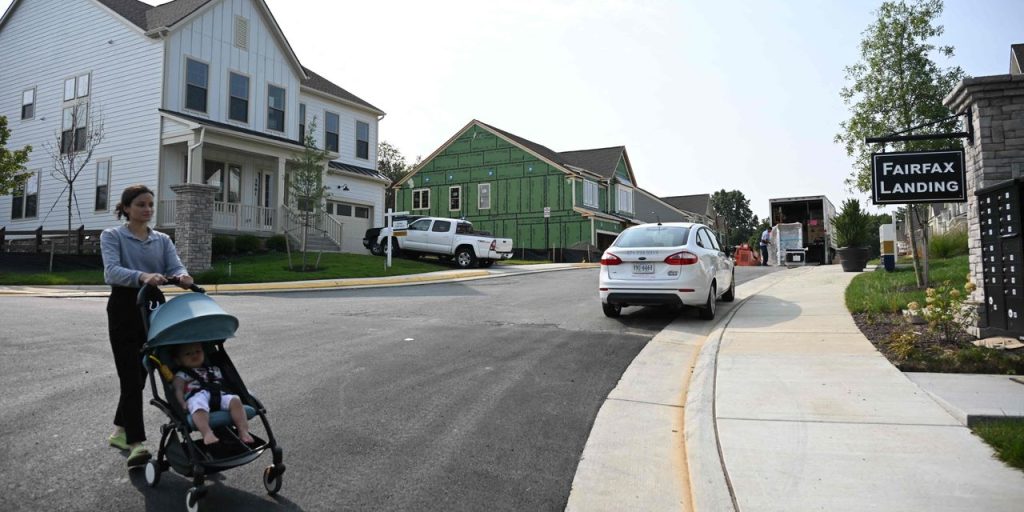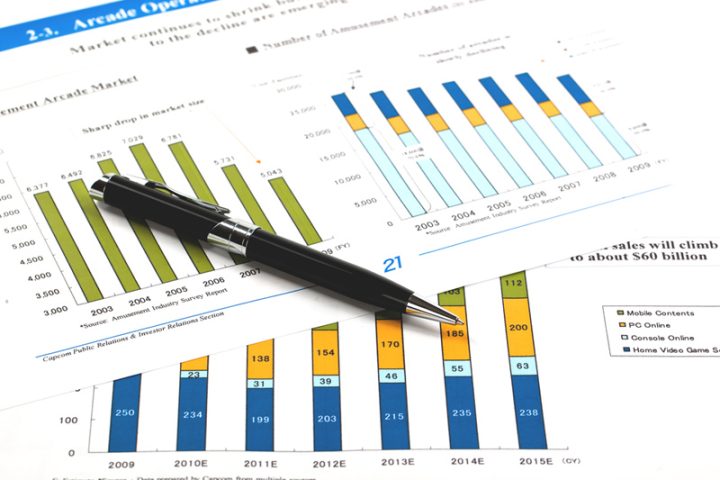“ Fed Chairman Jerome Powell is essentially telling us that monetary policy may work its wonders if we are just patient.”
A Federal Reserve decision to keep interest rates steady, as the U.S. central bank seeks to tame inflation while avoiding a recession, has support from policy doves like Chicago Fed President Austan Goolsbee. But following this path is risky.
Higher U.S. interest rates would cast a damaging spotlight on the federal government’s ballooning borrowing and debt service — and the headaches it will bequeath the next U.S. president. This would create political pressures that recent Biden administration Fed appointees might prefer to avoid.
Moreover, the slow process of bringing down inflation risks that consumers’ and investors’ inflation expectations will remain well-above the Fed’s 2% target. It also limits the Fed’s flexibility for dealing with other challenges in the country’s banking and financial systems.
U.S. GDP growth should slow by the end of the year, after a strong third quarter. Restarting student loan payments is expected to drain $100 billion from consumer spending. The excess savings households built up during the COVID shutdowns, from government aid that has pumped up consumer spending, is finally running out.
Overall, U.S. recession fears have moderated but have not been extinguished. Year-over-year the Consumer Price Index is advancing at a 3.7% rate, but core inflation remains at 4.1%. Both are well-above the Fed’s 2% goal.
Fed Chairman Jerome Powell told us inflation was transitory when prices began to surge in 2021 and delayed acting until President Joe Biden nominated him for a second term. Now Powell is essentially telling us that monetary policy may work its wonders if we are just patient.
In recent months, the services component of core CPI has been much more important than goods. U.S. households stocked up on computers and desks during the pandemic shutdown and now revenge travel, concerts and hunting for homes and apartments — shelter is considered a service in the CPI — is the preoccupation.
Shelter in the CPI is the rent on houses and apartments actually paid and the imputed rent on owner occupied houses, with former much affecting the latter. Shelter, in fact, totals 45% of the core CPI, and Powell has repeatedly pointed out that falling rents observed in industry surveys work their way into the CPI with a lag. So the dip of last fall and winter in apartment rents should have shown up in the CPI by now, but has not.
Inflation expectations are hardening
It’s no surprise inflation expectations are hardening. The year-ahead expected inflation among consumers surveyed by the Conference Board has barely budged over the past seven months, and is currently at 5.7%.
The Fed is losing credibility with investors as well. Stock prices typically fall as the Fed raises interest rates. High-tech stocks are particularly hurt, because the present value of their future earnings declines if the cost of using money — interest earnings on forgone bonds — is rising.
But if investors expect inflation to stay high, all of that goes out the window, because expected future profits will track up with prices. So as the Fed raised interest rates earlier this year, stocks rallied — especially high-tech stocks.
More behavioral evidence can be found in the market for new homes — existing homes are not turning over because too many homeowners have low-interest mortgages they don’t want to give up. New home sales have been rising despite higher rates on mortgages. If you expect 4% or 5% inflation, those rates don’t seem so steep.
Commercial real estate in urban centers, meanwhile, has lost value as businesses need less space. Banks — especially regional banks with assets of less than $250 billion — have large shares of their assets tied up in commercial real estate loans, real estate investment trusts and various forms of collateralized debt. Many landlords can’t sell buildings for what they owe and lack the collateral to refinance — no matter where the Fed sets interest rates.
The same tale is playing out with the debt of less-than-stellar companies and consumer car loans. Raising rates enough to break consumer and investor inflation expectations won’t much change those challenges, but prolonging the fight will limit the Fed’s ability to intervene to stabilize banks — one way or another that requires printing money.
Peter Morici is an economist and emeritus business professor at the University of Maryland, and a national columnist.
More: It’s a ‘tale of two housing markets’ with buyers and sellers at opposite ends, Fannie Mae CEO says
Plus: How to take advantage of rising interest rates
Read the full article here






